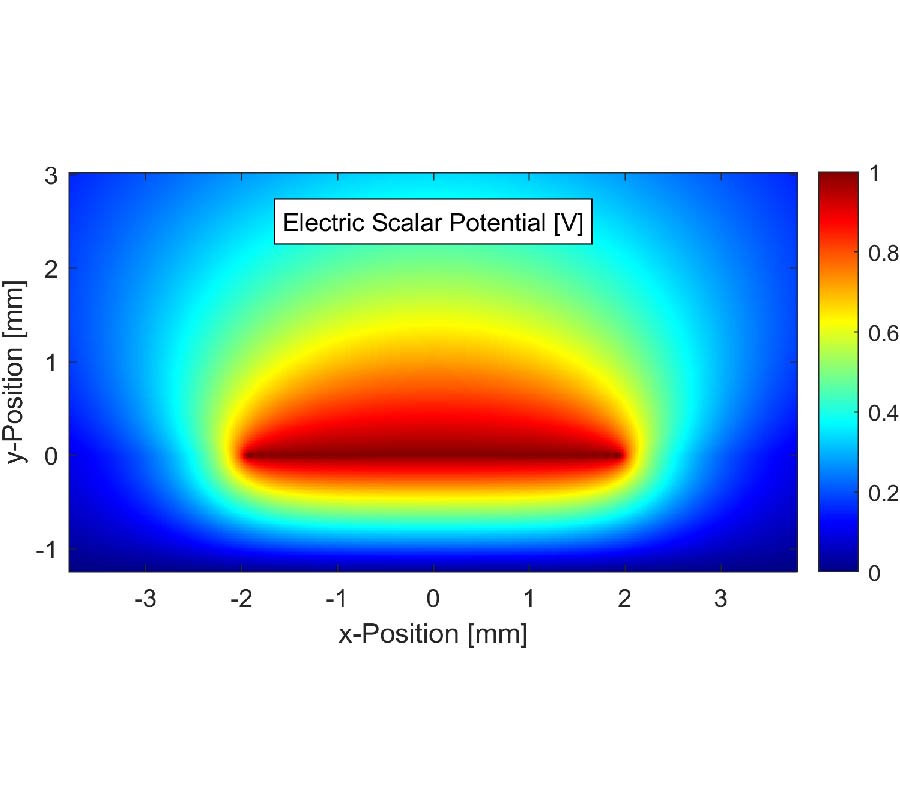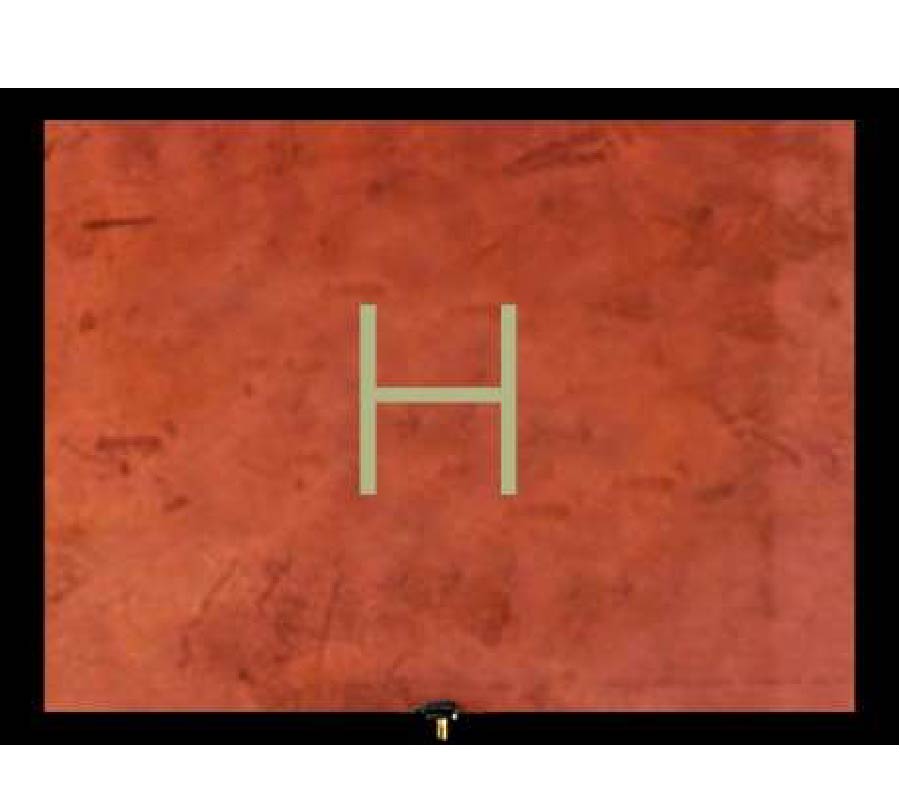A Triple Band Highly Sensitive Refractive Index Sensor Using Terahertz Metamaterial Perfect Absorber
Sagnik Banerjee,
Purba Dutta,
Amit K. Jha,
Prabhat Ranjan Tripati,
Avireni Srinivasulu,
Bhargav Appasani and
Cristian Ravariu
This research introduces a novel design of a metamaterial absorber having the range in terahertz, capable of sensing changes in the refractive index of the encircling medium. The layout includes adjoining rectangular patches in the form of a plus symbol along with four circular patch resonators (CPRs) on the pinnacle of a Gallium Arsenide (GaAs) substrate. The proposed design comes up with three consecutive absorption peaks, with an absorptivity of 99.0%, 99.75%, and 98.0% at three different resonant frequencies of 2.36 THz, 2.675 THz, and 2.97 THz, respectively, and a Full Width Half Maximum (FWHM) of 0.08, 0.04 and 0.05. This structure's quality factor (Q-factor) at the three resonant frequencies is 29.5, 66.8 and 59.4 together with 6.75, 17.5 and 30 as figure of merit (FoM), respectively. The proposed design offers a sensitivity of 0.54 THz/RIU, 0.7 THz/RIU, and 1.5 THz/RIU in those three absorption bands. To support the selection of design parameters, parametric assessment was done. The designed sensor can find its applications in terahertz sensing.



















